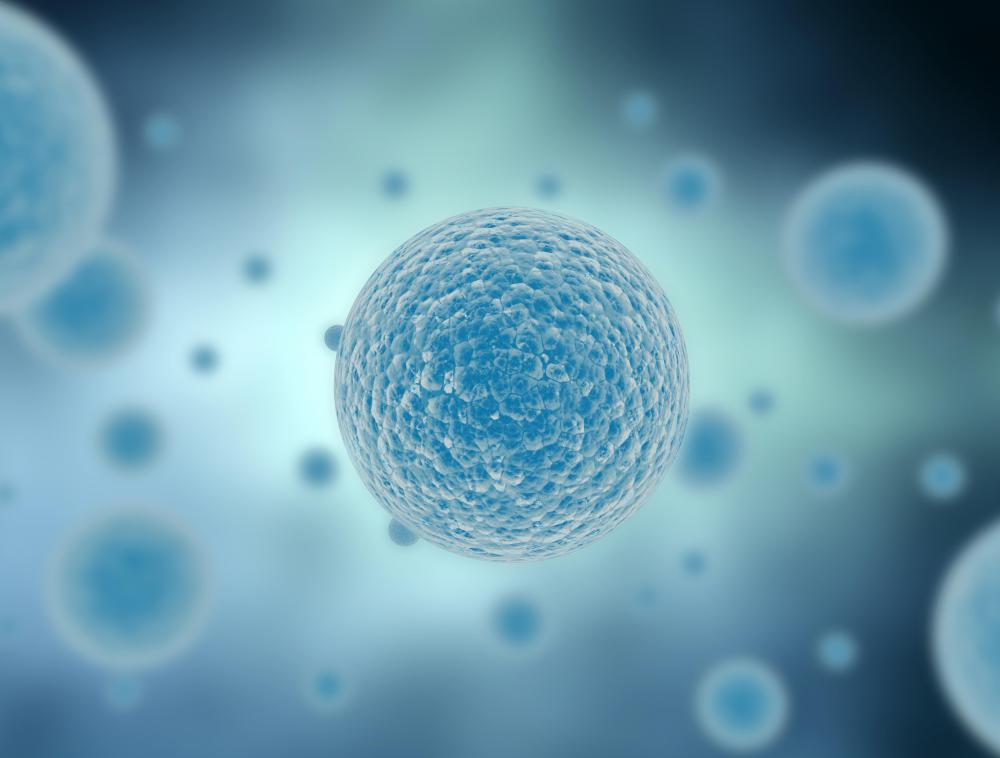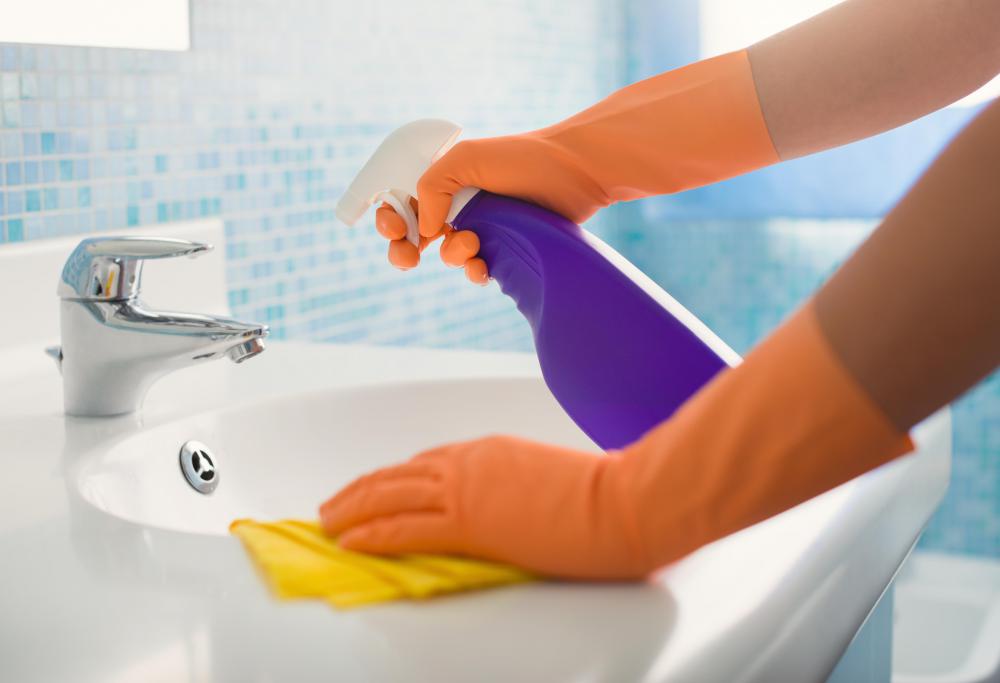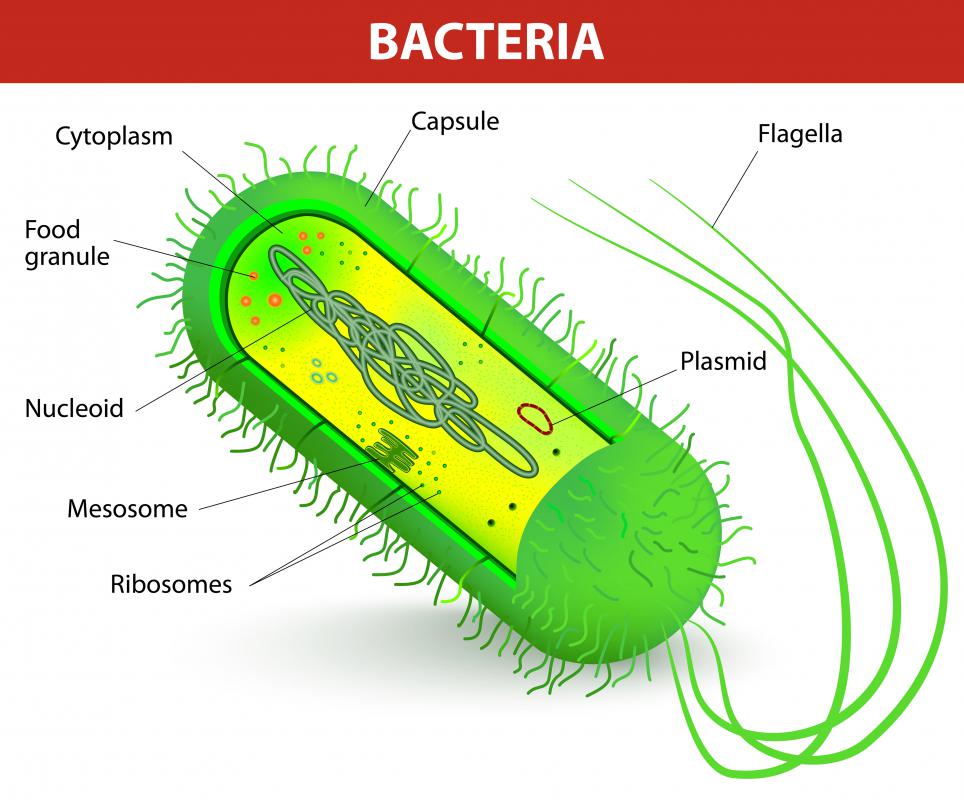At WiseGEEK, we're committed to delivering accurate, trustworthy information. Our expert-authored content is rigorously fact-checked and sourced from credible authorities. Discover how we uphold the highest standards in providing you with reliable knowledge.
What is Bactericidal?
A bactericidal, or bacteriocidal, is anything that kills bacteria, single-celled microorganisms that can be harmful to other organisms. Bacteria are very small organisms that can survive in nearly every environment on earth from warm, damp soil to radioactive waste that would severely harm other organisms. Some bacteria can be very harmful to human and animal life, while others are absolutely essential to the survival of plants, animals, and humans. It can often be very difficult to kill harmful bacteria because of their ability to survive a wide range of environments. One method of fighting harmful bacteria is to develop a bactericidal substance that kills the particular bad bacteria without harming the important good bacteria.
A bactericidal can come in one of three forms: disinfectant, antiseptic, or antibiotic. Disinfectants are applied to nonliving surfaces or substances with the intent of purifying an area of all or most microorganisms that could cause harm. Most household disinfectants come in the form of sprays or wipes saturated with specialized disinfectant soap. Such disinfectants almost always contain at least one bactericidal substance to clear an area of harmful bacteria.

An antiseptic substance is applied to skin or tissue with the intent of neutralizing microorganisms, including bacteria, that are capable of causing infection, inflammation, or cellular decomposition. Antiseptics come in many varieties; some are able to actively act as bactericidal agents, while others are only capable of slowing or preventing the growth of bacteria and other harmful microbes. Antibiotics, similarly, are capable of either directly killing or inhibiting the growth of bacteria. Unlike antiseptics, however, antibiotics are capable of interacting with the body's lymphatic system; they travel throughout the body and confront internal bacterial and microbial issues. An antiseptic is more commonly applied directly to the area needed; it is seldom used to confront a widespread microbial issue that is present throughout the body.

There are several issues health professionals face when attempting to cure an individual of a bacterial infection. When designing or selecting a bactericidal, one must be sure it only kills the harmful bacteria. Accidentally killing off the wrong bacteria can cause harm to essentially every system in the body. To prevent excessive damage, it may be necessary to use a bacteriostatic antibiotic, which slows the growth and reproduction of a given bacteria. This can also be problematic, though, as it tends to slow the problem without actually fixing it.
AS FEATURED ON:
AS FEATURED ON:
















Discuss this Article
Post your comments